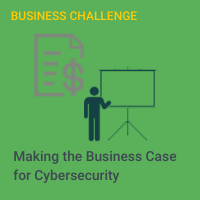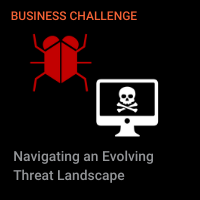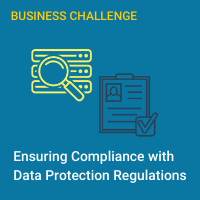
researchHQ’s Key Takeaways:
- A CISO’s toolkit for reporting to the board on cybersecurity should include a firm grasp of business objectives, an outline of KPIs being tracked and an understanding of the cyber risks threatening these business objectives.
- Rather than specifically measuring a CISOs own efforts, cybersecurity KPIs should relay exposure and performance in a broader context.
- Metrics such as vendor risk, ROI and audit and compliance are crucial when reporting cybersecurity to the board.
When it comes to reporting to the board, there are plenty of tools at the CISO’s disposal. Looking at the right metrics and putting them in the right context can help turn your next board meeting into a source of confidence, not stress. Here are some helpful tips to create successful frameworks for your board reports.
The error that many CISOs and security leaders make is that they lead with security as a technology problem. However, most board members don’t have the technical expertise to understand those reports, nor the context to understand what blocked phishing emails means to their business. CISOs need a cyber security toolkit for reporting that helps map out how to frame their report in a way that’s meaningful to the board and empowers further conversation.
Instead CISOs need to reframe the conversation into one about risk, which is the language that the board understands. At the end of the day the board has a fiduciary responsibility to protect the company from loss, and understanding how cybersecurity performance or risky vendors impacts that will enable them to make smart decisions, and elevate the standing of security and risk leaders in their eyes.
Here is a CISO’s cyber security toolkit for reporting that can help you do that.
A firm grasp of the business objectives
The purpose of the board is to guide the business direction of the organization. Understanding that security is only a piece of that puzzle is crucial to a successful board report. When crafting your report, it can be helpful to show how your security program is aligned to the business objectives the board is trying to achieve. This will help get their attention and keep them engaged, as well as make it easier for them to understand the context in which you are discussing cybersecurity.
Understanding the KPIs the business is tracking
Most areas of the business, such as sales or marketing, will be tracking KPIs that are directly derived from the revenue or growth numbers set by the board. While security may not have the growth impact of some teams, security still has a business impact such as making business processes more efficient or facilitating digital transformation. Showing that you’re thinking about how to align your program and goals to those targets, or at least keeping them in the back of your mind, will help facilitate common communication with the board.
Understanding which areas of cybersecurity pose a risk to those business objectives
The single biggest responsibility of the board of directors is to protect the company and reduce risk.










